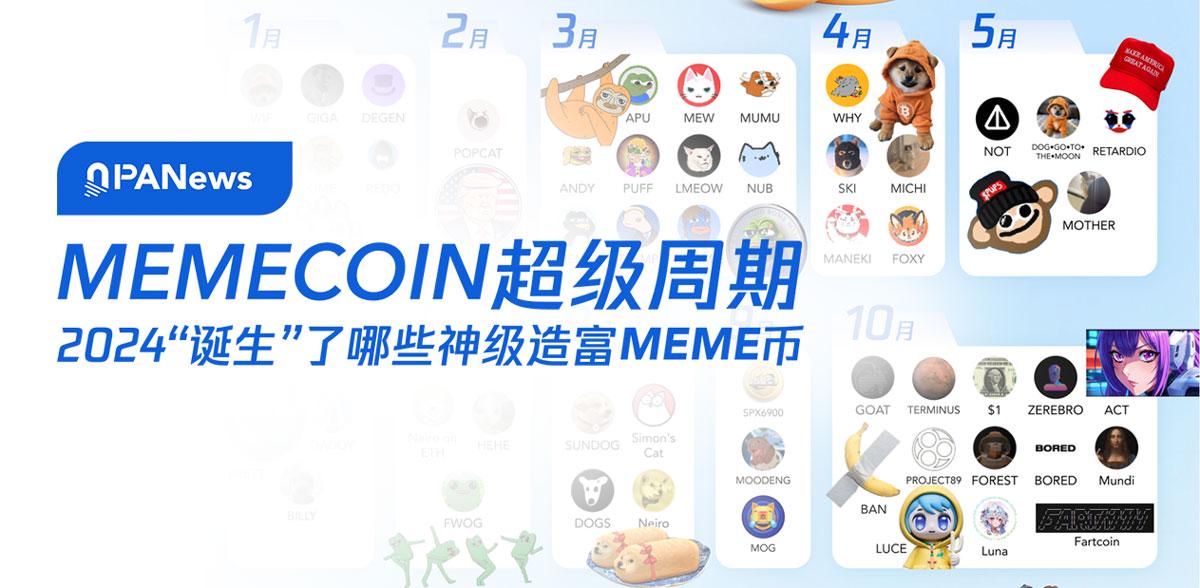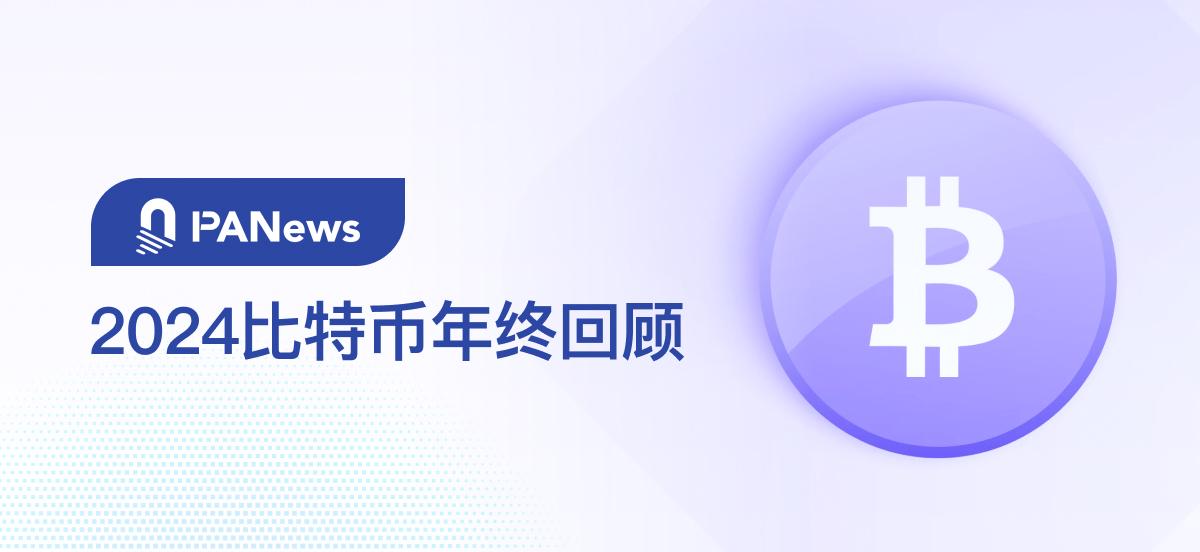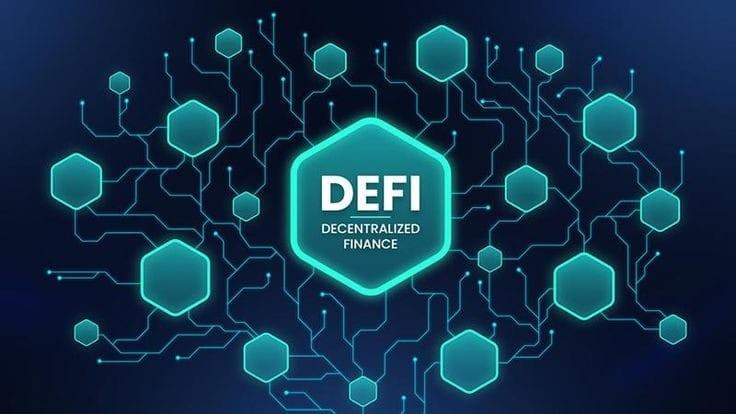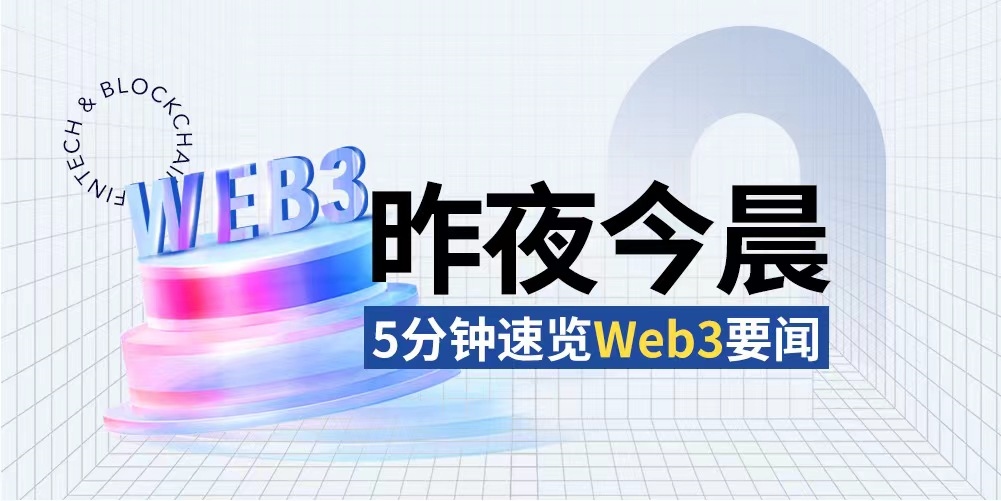-
 Biteye · 17 分鐘前
一文讀懂總融資1.4億美元的IP公鏈Story Protocol及參與教學
Biteye · 17 分鐘前
一文讀懂總融資1.4億美元的IP公鏈Story Protocol及參與教學由a16z 領投、總融資1.4 億美元,作為專為智慧財產權(IP)設計的Layer1,StoryProtocol 如何提供顛覆性的解決方案?
-
 Yuliya · 17 分鐘前
Daos.World:MEME圈再掀起DAO基金熱潮
Yuliya · 17 分鐘前
Daos.World:MEME圈再掀起DAO基金熱潮本文將從平台架構、運作機制、參與方式等多個構面,解析此新興平台的特性、潛力與風險點。
-
 深潮TechFlow · 一小時前
除了AIXBT外,還有哪些投研分析型AI代理值得關注?
深潮TechFlow · 一小時前
除了AIXBT外,還有哪些投研分析型AI代理值得關注?把握趨勢,才是加密市場的主旋律。
-
 Felix · 一小時前
詳解新興Agent的變化趨勢: AI伴侶和機器人或潛力巨大
Felix · 一小時前
詳解新興Agent的變化趨勢: AI伴侶和機器人或潛力巨大市場一直在尋找獨特、小眾的AI 代理領域。 AI 伴侶和機器人潛在市場龐大,並有望在2025 年初獲得顯著的吸引力。
 哔哔News · 2 小時前
Story借AI Agent走紅,一文盤點生態中的22個原生項目
哔哔News · 2 小時前
Story借AI Agent走紅,一文盤點生態中的22個原生項目在Story生態的原生計畫中,「創作者經濟」也依舊是主要敘事。
-
 Yuliya · 3 小時前
深度對話Pantera創辦人:從65美元買進BTC至今,加密革命才完成15%
Yuliya · 3 小時前
深度對話Pantera創辦人:從65美元買進BTC至今,加密革命才完成15%“我們會經歷一個大牛市,然後是熊市,2025年8月應該是這輪週期的峰值。”
-
 PA一线 · 3 小時前
PENGU市值突破26億美元,成為Solana鏈上市值排名第一的Meme幣
PA一线 · 3 小時前
PENGU市值突破26億美元,成為Solana鏈上市值排名第一的Meme幣PENGU市值突破26億美元(目前約26.25億美元),超越BONK(24.43億美元),成為Solana區塊鏈上排名第一的Meme幣。
-
 PA一线 · 3 小時前
BonkDAO計劃銷毀1.69兆枚BONK,價值約5452萬美元
PA一线 · 3 小時前
BonkDAO計劃銷毀1.69兆枚BONK,價值約5452萬美元BonkDAO計畫銷毀1.69兆枚BONK,價值約5,452萬美元,這是社區節慶活動「BURNmas」的一部分,旨在增加BONK的稀缺性。即將到來的銷毀佔BONK總供應量(約92.7兆枚)的近1.8%。官方表示,後續將透過BonkDAO多簽投票來銷毀這些代幣。
-
 链上观 · 3 小時前
Phala Network爆火的背後:TEE技術儲備充分、被ai16z採用、AI Agent風口正當時
链上观 · 3 小時前
Phala Network爆火的背後:TEE技術儲備充分、被ai16z採用、AI Agent風口正當時AIPOOL之後,Phala Network為何就爆火?
-
 陈默 cmDeFi · 4 小時前
近期一週DeFi賽道重要進展:Ethena掀起穩定幣季,INK加入OP超級鏈
陈默 cmDeFi · 4 小時前
近期一週DeFi賽道重要進展:Ethena掀起穩定幣季,INK加入OP超級鏈最近1週穩定幣Season、Superchain敘事,奉上對DeFi世界的思考。
- 加密貨幣流通市值(7天)$3,602,293,192,653Market Cap恐懼貪婪指數(近30天)
 PA一线 · 5 小時前
Pantera Capital CEO預測比特幣牛市週期將在2025年8月達到高峰
PA一线 · 5 小時前
Pantera Capital CEO預測比特幣牛市週期將在2025年8月達到高峰Pantera Capital執行長Dan Morehead預測,加密貨幣市場的下一個牛市週期將在2025年達到高峰。在Bankless播客中,他詳細闡述了這項預測的依據:比特幣遵循四年一次的減半週期,礦工獎勵減半導致供應量減少,歷史上這些事件前後比特幣價格都會大幅上漲。上一次減半發生在2024年4月,而莫黑德根據歷史趨勢預測,比特幣將在2025年8月達到週期高峰。
-
 链源科技PandaLY · 5 小時前
北韓駭客盯上Hyperliquid,導致超過70億美金市值蒸發,如何預防可能的攻擊?
链源科技PandaLY · 5 小時前
北韓駭客盯上Hyperliquid,導致超過70億美金市值蒸發,如何預防可能的攻擊?導致社區出現部分恐慌性拋售,hype當日最高跌幅超過25%,市值蒸發最高超過70億美金,鏈上生態資金出現超過1.5億美元的出逃。
-
 ZAN Team · 6 小時前
Web3新手系列:五分鐘弄清楚MEV機器人,你也能寫
ZAN Team · 6 小時前
Web3新手系列:五分鐘弄清楚MEV機器人,你也能寫在區塊鏈技術日益普及的背景下,加密貨幣交易生態系統也正在快速擴展。去中心化交易所(DEX)以其去中介化和透明度的優勢,成為數位資產交易的重要平台。隨著市場的成熟,各種自動化交易工具應運而生.....
-
 Zen · 7 小時前
2024年融資報告:1,259起融資、96.15億美元,市場整體走勢與去年相似
Zen · 7 小時前
2024年融資報告:1,259起融資、96.15億美元,市場整體走勢與去年相似時至歲末,PANews根據全年的融資訊息,回顧今年整體一級市場表現,為投資者提供參考。
-
 Foresight News · 7 小時前
從基礎設施完善到新興敘事爆發,一文縱覽2024 Memecoin超級週期
Foresight News · 7 小時前
從基礎設施完善到新興敘事爆發,一文縱覽2024 Memecoin超級週期新年將至,Foresight News 會在2024 年最後一週用年終必讀系列文章帶大家回顧2024,展望2025。見出以知入,觀往而知來。
-
 PA一线 · 7 小時前
昨夜今晨重要資訊(12月25日-12月26日)
PA一线 · 7 小時前
昨夜今晨重要資訊(12月25日-12月26日)美SEC委員:明年SEC對加密產業的立場將發生重大轉變,並減少執法行動;Pump Science:已完成代幣經濟學設計,將進行BIO空投活動;Hashgraph Group在阿布達比獲得基金管理牌照,將啟動1億美元Web3基金。
-
 PA一线 · 8 小時前
美SEC委員:明年SEC對加密產業的立場將發生重大轉變,並減少執法行動
PA一线 · 8 小時前
美SEC委員:明年SEC對加密產業的立場將發生重大轉變,並減少執法行動從明年開始,美國證券交易委員會(SEC)將暫時縮減委員團隊規模,等待參議院批准總統候選人川普的提名。在此期間,僅有共和黨委員Hester Peirce和Mark Uyeda將在就職後繼續履職。據Peirce透露,隨著SEC主席Gary Gensler的離職,該機構對加密產業的立場將發生顯著變化。
-
 链上观 · 8 小時前
為什麼AI Agent框架標準應該「鏈化」?
链上观 · 8 小時前
為什麼AI Agent框架標準應該「鏈化」?AI Agent 要更可靠的自主決策和互通協作,必然要趨向「鏈化」。
-
 PA一线 · 8 小時前
Pump Science:已完成代幣經濟學設計,將進行BIO空投活動
PA一线 · 8 小時前
Pump Science:已完成代幣經濟學設計,將進行BIO空投活動Pump Science在X平台宣布代幣經濟學設計完成,且將進行BIO空投活動。關於代幣經濟學設計:未來發行的代幣供應量中,有5%將分配給先前代幣(在遷移時)的持有者,現在持有更多的PS代幣(RIF、URO),未來將獲得新的代幣;只要有新發行(永遠),這個機制就會持續進行。關於BIO空投活動,BIO Protocol將空投BIO給URO和RIF的持有者,等待治理批准以將BIO連接到Solana,更多空投正在考慮中。
更多內容 Dec . 26
Dec.26




















 Meme日报 · 5 小時前
Meme日报 · 5 小時前




















